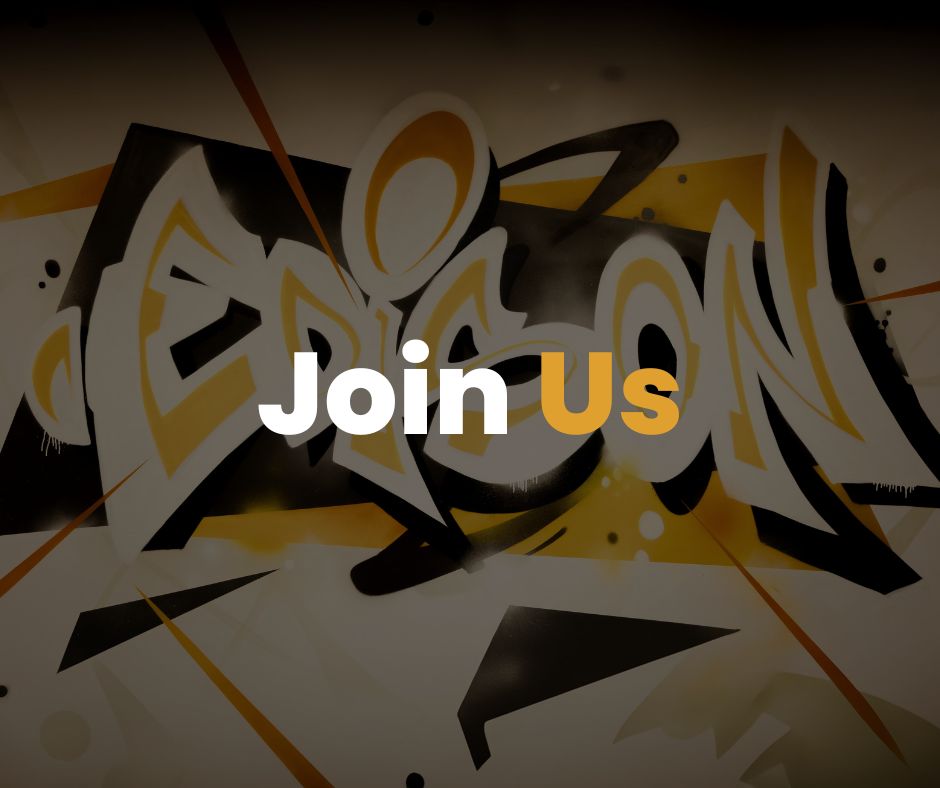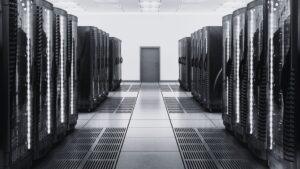Instead of replacing humans with robots, Amazon is using AI and IoT devices to help augment its workforce.
For business executives, the main goal is always to find ways to work faster and better, while also keeping employees safe and managing how much they have to think about. Whether it’s a warehouse or a delivery route, the real test is how digital plans work out in the real world.
Amazon says it wants to always find new and creative ways to make the work experience as safe and easy as possible and to make work safer, smarter, and more rewarding. For managers, the important thing to understand is that they’re using tech to make work less physically and mentally tiring, seeing tech as a way to help workers, not to replace them.
Helping workers: From the warehouse to your door
Amazon is focusing on solving problems using the IoT and AI in two key areas: the repeated physical tasks in the warehouse and the risky, changeable job of delivering packages.
Using tech for deliveries
Delivery drivers have to deal with a lot: navigating, handling packages, and staying safe. Amazon is trying to help solve this with smart glasses, a wearable tech for its workforce that aims to create a hands-free experience.
These glasses made for this specific job. They show important info right in the driver’s view, using a screen that appears in front of their eyes, AI, and computer vision. This helps with scanning packages, confirming deliveries, and giving directions. This has two benefits: it makes things faster, and it makes things safer.
“I felt safer the whole time because the glasses have the info right in my field of view,” explains Kaleb M., a DA working for Maddox Logistics Corporation in Omaha, Nebraska, who tested the technology. “Instead of having to look down at a phone, you can keep your eyes forward and look past the display—you’re always focused on what’s ahead.”


Future plans include going beyond just giving directions to actively managing risks. For example, the glasses could warn a driver if they’re at the wrong address, or point out dangers like bad lighting or pets.
AI and robots in the warehouse
Inside the warehouse, Amazon is using a new robot IoT system called Blue Jay to help its workforce with tough physical tasks. This next-generation robotics system is a good example of AI in action, combining what used to be three separate robot stations into one smooth workspace that can pick, store, and organise items.
The direct benefit is greater speed in less space, which means faster deliveries. For workers, it makes the job easier by letting them work in a comfortable position, which reduces repetitive reaching and lifting. At its test location in South Carolina, Blue Jay can already handle about 75 percent of all types of items.


Another important project is Project Eluna. This is an AI system designed by Amazon to help operations managers, not just workers. It tackles the problem of managers feeling overwhelmed by having to watch dozens of dashboards and make quick decisions.
Eluna acts like an extra teammate, using past and present data to expect problems and suggest what to do. Instead of just showing data, it gives clear, data-backed suggestions when asked simple questions like, “Where should we move people to avoid a problem?”
The goal is a key change for any operations leader: less putting out fires, more planning ahead. This lets managers spend more time guiding their teams instead of chasing data.
Faster progress with digital twins and teamwork
How Amazon is creating and using these IoT and AI systems for its workforce is just as important as the tech itself.
One big challenge with industrial robots is that they take a long time to develop. Amazon’s engineers sped up the process for Blue Jay from the usual three years to just over one year. They did this by using AI and digital twins. By using this advanced way of digitally replicating the real world, Amazon is showing how the approach can help teams test things virtually and turn years of physical testing into months of digital work.
Also, the tech wasn’t created in isolation. For the smart glasses, hundreds of drivers tested early versions and gave important feedback. This teamwork shaped everything from how comfortable the glasses were to wear all day, to how clear the display was. This focus on real-world use is important for getting people to accept the tech and see a return on investment.
This launch is supported by a clear understanding that tech requires learning new skills. Amazon is putting money into training so employees feel good about working with AI-supported tools, through training programs and AI-specific education.
The introduction of AI like Eluna also shows how important it is to have strong, large-scale data systems. Systems like these – which think and suggest actions – are the next step from basic models being developed across the industry, whether on platforms like AWS Bedrock, Google Vertex AI, or others. They need a solid data plan, like Amazon’s own DeepFleet AI model that manages robot fleets, to work.
Lessons from Amazon for others looking to use AI and IoT to help their workforce
With its approach, Amazon is providing a guide on how to add powerful AI and IoT tech for the workforce to help with physical operations.
Tye Brady, Chief Technologist at Amazon Robotics, said it best: “The real headline isn’t about robots… it’s about people—and the future of work we’re building together.”
Some of the key lessons:
- Focus on helping people, not just automating: The biggest immediate benefit might be in tools that make workers safer, smarter, and less stressed. The smart glasses and Project Eluna are good examples of tech that reduces mental stress and physical risk, which leads to better employee retention and productivity.
- Use digital twins to speed up progress: The Blue Jay case study proves that virtual testing – powered by AI and real-world data – is now a key advantage that greatly reduces the time it takes to develop complex physical IoT systems, even for Amazon-scale operations.
- Get ready for AI: Project Eluna demonstrates the shift from simple reports to AI helpers that give advice in a conversational way. CIOs and CDAOs need to assess if their data systems are strong enough to support systems that not only report problems, but also expect them and suggest solutions.
- Work together with employees: The success of the smart glasses trial depends on user input. For any tech launch, especially wearables or AI tools, getting early and ongoing input from the people who will use it is crucial for acceptance. This, along with investing in training, is the only way to make sure tech helps – rather than alienates – the workforce.
This focus on people when using AI and IoT demonstrated by Amazon isn’t just about making things easier; it’s a key way to help your workforce become stronger, more productive, and more involved.
For tech, operations, and HR bosses, the message is simple: the best tech investments are those that combine real improvements in how things run with a work experience that is clearly safer, smarter, and more helpful for employees.
(Imagery credit: Amazon)
See also: Verizon Business: IoT adoption rockets, driving tangible returns


Want to learn more about IoT from industry leaders? Check out IoT Tech Expo taking place in Amsterdam, California, and London. The comprehensive event is part of TechEx and is co-located with other leading technology events, click here for more information.
IoT News is powered by TechForge Media. Explore other upcoming enterprise technology events and webinars here.



